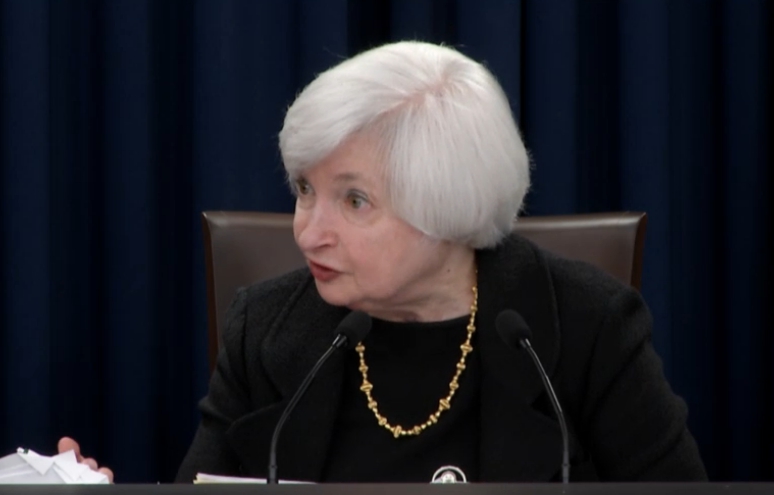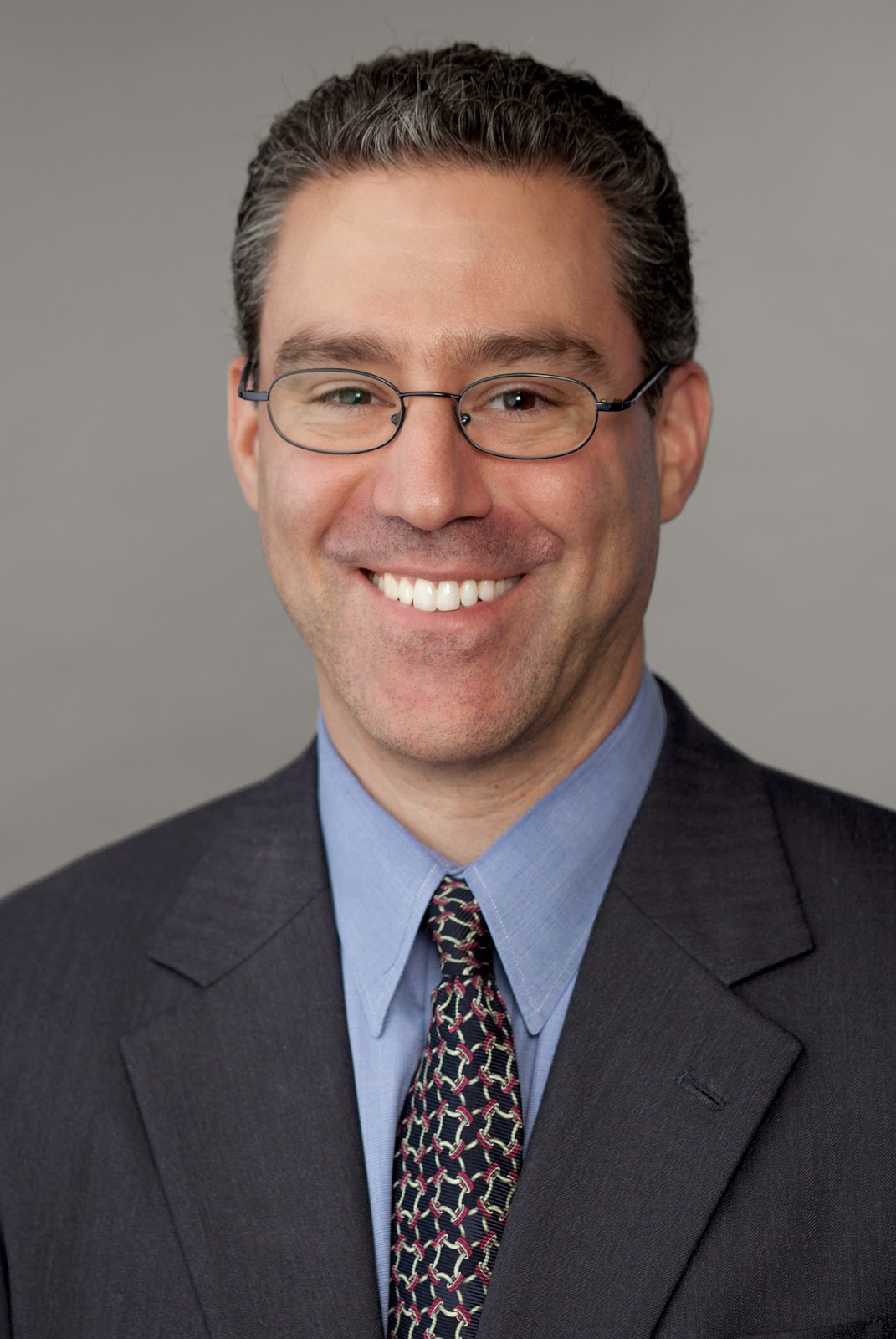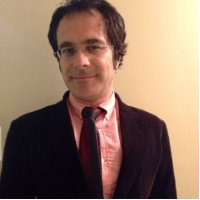The 29 October statement from the Federal Open Market Committee (FOMC) doesn’t lend credence to the idea that the first rate increase is off the table for June 2015. Yields have dropped recently on broad-based disinflation, geopolitical concerns and fears of a slowdown in global growth. Yet these lower yields simply don’t reflect the US Federal Reserve’s current forecasts.
If you believe, as I do, that Fed policymakers will start to raise rates as early as next June, then they probably won’t begin to fully signal their intentions until the FOMC meets again in December. In the absence of a major deterioration in macro or financial conditions, the October statement primes the market for further “hawkish” guidance at the next meeting.
My view is that the Fed needs to start raising rates sooner rather than later. We’ve had negative real rates for a very long time, and that has almost certainly led to a misallocation of resources. Labor slack is being taken up; capacity utilization is rapidly normalizing. I think the Fed needs to slowly but assuredly take away the punch bowl, even though the party may just be getting started.
In the near term, as we assign a higher probability to the Fed’s first hike in mid-2015, rates will likely move modestly higher from here — especially at the front end of the yield curve. And as this environment of diverging central bank actions looks to be a multiyear trend, I believe the US dollar should continue to strengthen.
Opinion article by Erik Weisman, Ph.D., Fixed Income Portfolio Manager at MFS.



